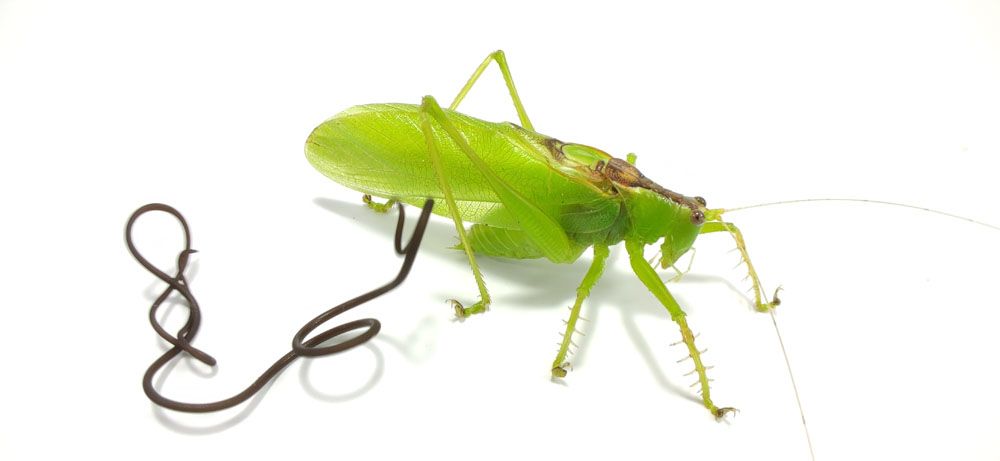
Horsehair Worms
Horsehair Worms
Scientific Name: Nematomorpha
Common Name: Horsehair worms, Hair snakes, and Gordian worms.
Appearance: Horsehair worm is a long, slender worm almost 100mm in length and less than 1mm in diameter. They are usually found in water or wet areas, such as banks or near puddles. Horsehair worms resemble the nematodes in appearance; however, there are some functional differences setting the two apart. They are obligate parasites which means they need a host to complete their life cycle.
Host Plants or Food: They are the parasites of plant pests, including crickets, mantids, cockroaches, beetles, grasshoppers, and locusts. They live in their gut and harm them. However, they do not pose any damage to livestock, plants, or humans.
Territory: Throughout the world, including North America, Western USA, Eastern USA, Australia, Europe, Asia, and the Gulf States
Mode of Damage: They are regarded as beneficial garden insects for their role in keeping the crop-destroying pest at bay.
Habits and Life History:
Horsehair worms are found in freshwater or marine bodies or in wet areas near streams and lakes.
Male and female worms mate in the water with a characteristic mating dance called the “Gordian knot.”
The females lay a huge number of eggs in the form of a gelatinous string. The temperature determines the period of hatching, which may range from 2 weeks to 3 months.
The larvae hatch from the eggs and form a protective cyst around themselves until ingested by an insect, where it completes its life cycle.
After completing its lifecycle inside the host, the adult leaves the host body.
